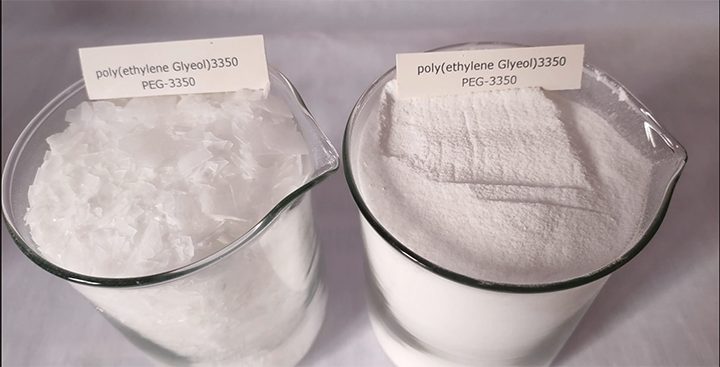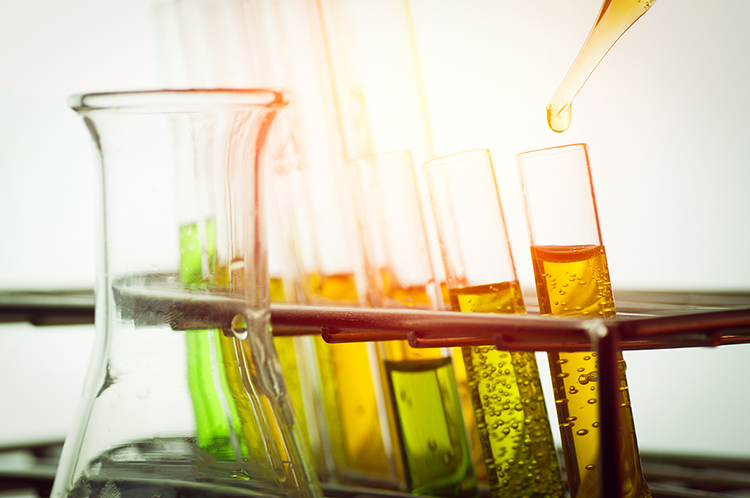888-262-5424
Excipients – What is really in that face crème?
If you never heard of the word excipients its about time you do!
Excipients play a very large role in the formulation of skin care. They are by definition substances that may emulsify, texturize, colorized and preserve a product. Excipients are typically synthesized materials that are made in a laboratory, and often are cheap by products in the processing of ingredients.
You may have thought that every ingredient that is in a skin care or hair product is always listed…..it is required by law right? No! There are some loopholes where excipients legitimately don’t need to be listed. The thing you need to be aware of is that some of the excipients you are trying to avoid may not be listed on the label because of their trace amounts.
Chemical excipients and fillers can hinder the efficacy, skin absorption and quality of a product and are best avoided when choosing them. They can also alter the natural ingredients making them less effective. Nearly every skincare product has some form of chemical excipient used in it. They are being used in skin care and other products but they do not need to be labelled on the packaging.
When you read a label you may come across these excipients…
• Fragrances: mostly synthetic ingredients, often containing animal urine or feces! Fragrance on a label can indicate the presence of up to four thousand separate ingredients, many toxic or carcinogenic. Symptoms reported to the FDA include headaches, dizziness, allergic rashes, skin discoloration, violent coughing and vomiting, and skin irritation. Clinical observation proves fragrances can affect the central nervous system, causing depression, hyperactivity, irritability, inability to cope, and other behavioral changes.
• Mineral Oil: petroleum by-product that coats the skin like plastic, clogging the pores. Interferes with skin’s ability to eliminate toxins, promoting acne and other disorders, Slows down skin function and cell development, resulting in premature aging. Used in many products (baby oil is 100% mineral oil!)

• Polyethylene glycol (PEG): potentially carcinogenic petroleum ingredient that can alter and reduce the skin’s natural moisture factor. This could increase the appearance of aging and leave you more vulnerable to bacteria. Used in cleansers to dissolve oil and grease. It adjusts the melting point and thickens products. Also used in caustic spray-on oven cleaners.
• Propylene Glycol (PG) and Butylene Glycol: petroleum plastics which act as ‘surfactants’ (wetting agents and solvents). They easily penetrate the skin and can weaken protein and cellular structure. The active ingredient in antifreeze, PG is strong enough to remove barnacles from boats! The EPA considers PG so toxic that it requires workers to wear protective gloves, clothing and goggles and to dispose of any PG solutions by burying in the ground. Because PG penetrates the skin so quickly, the EPA warns against skin contact to prevent consequences such as brain, liver, and kidney abnormalities. But there isn’t even a warning label on products such as stick deodorants, where the concentration is greater than in most industrial applications.
• Sodium Lauryl Sulfate (SLS) & Sodium Laureth Sulfate (SLES): detergents and surfactants that pose serious health threats. Used in car washes, garage floor cleaners and engine degreases—and in 90% of personal-care products that foam. Animals exposed to SLS experienced eye damage, depression, labored breathing, diarrhea, severe skin irritation, and even death. Young eyes may not develop property if exposed to SLS because proteins are dissolved. SLS may also damage the skin’s immune system by causing layers to separate and inflame. When combined with other chemicals, SLS can be transformed into nitrosamines, a potent class of carcinogens. Your body may retain the SLS for up to five days, during which time it may enter and maintain residual levels in the heart, liver, the lungs, and the brain.
• Triclosan: a synthetic ‘antibacterial’ ingredient—with a chemical structure similar to Agent Orange! The EPA registers it as a pesticide, giving it high scores as a risk to both human health and the environment It is classified as a chlorophenol, a class of chemicals suspected of causing cancer in humans. Its manufacturing process may produce dioxin, a powerful hormone-disrupting chemical with toxic effects measured in the carts per trillion that is only one drop in 300 Olympic-size swimming pools! Hormone disruptors pose enormous long-term chronic health risks by interfering with the way hormones perform, such as changing genetic material, decreasing fertility and sexual function, and fostering birth defects. It can temporarily de-activate sensory nerve endings, so contact with it often causes little or no pain. Internally, it can lead to cold sweats, circulatory collapse, and convulsions. Stored in body fat, it can accumulate to toxic levels, damaging the liver, kidneys and lungs, and can causing paralysis, suppression of immune function, brain hemorrhages, and heart problems. Tufts University School of Medicine says that triclosan is capable of forcing the emergence of ‘super bugs’ that it cannot kill. Its widespread use in popular antibacterial cleansers, toothpastes and household products may have nightmare implications for our future.
• Parabens: Are a group of widely used preservative and anti-microbial agent in personal care products.. There is growing concern that parabens can cause hormone disruptions and they have been found in high concentrations in breast cancer tumours.
• Talc: Is a known carcinogenic. Studies have shown that it increases the risk of endometrial cancer in peri-menopausal women when used topically in the peri-anal area. Inhalant or intravenous talc exposure increases the risk of pulmonary toxicity.
• Alcohol, Isopropyl (SD-40): a very drying and irritating solvent and dehydrator that strips your skin’s moisture and natural immune barrier, making you more vulnerable to bacteria, molds and viruses. It is made from propylene, a petroleum derivative and is found in many skin and hair products, fragrance, as well as shellac and antifreeze. It can act as a ‘carrier’ accelerating the penetration of other harmful chemicals into your skin, may promote brown spots and premature aging of skin. A Consumer’s Dictionary of Cosmetic Ingredients says it may cause headaches, flushing, dizziness, mental depression, nausea, vomiting, narcosis, anesthesia, and coma. Fatal ingested dose is one ounce or less.
• DEA (diethanolamine), MEA (monoethanolamine), & TEA (triethanolamine): hormone-disrupting chemicals that can form cancer-causing nitrates and nitrosamines. Already restricted in Europe due to known carcinogenic effects, but Americans may be exposed 10-20 times per day! Used to create ‘foam’ in products like shampoo, shaving creams, and bubble bath. Dr. Samuel Epstein (Professor of Environmental Health at the University of Illinois) says that repeated skin applications of DEA-based detergents resulted in a major increase in the incidence of liver and kidney cancer. The FDA’s John Bailey says this is especially important since ‘the risk equation changes significantly for children.’
• DMDM Hydantoin & Urea (Imidazolidinyl): just two of many preservatives that often release formaldehyde which may cause joint pain, skin reactions, allergies, depression, headaches, chest pains, ear infections, chronic fatigue, dizziness, and loss of sleep. Exposure may also irritate the respiratory system, trigger heart palpitations or asthma, and aggravate coughs and colds. Other possible side effects include weakening the immune system and cancer.
• FD&C Color Pigments: synthetic colors made from coal tar, containing heavy metal salts that deposit toxins onto the skin, causing skin sensitivity and irritation. Absorption of certain colors can cause depletion of oxygen in the body and death. Animal studies have shown almost all of them to be carcinogenic.
Starflower does not use any excipients!
Instead we incorporate natural and organic formulas that are food grade and have specific benefits to enhance the overall effect on your skin.
Grapefruit seed extract, Vitamin C and E-to preserve
Bees wax, guar and xanthan gum-to emulsify and texturize
Beta-Carotene, Calendula and Sea Buckthorn- to provide nutrients and color
We pride ourselves in knowing we are giving you the very best to help you look and feel your very best!




